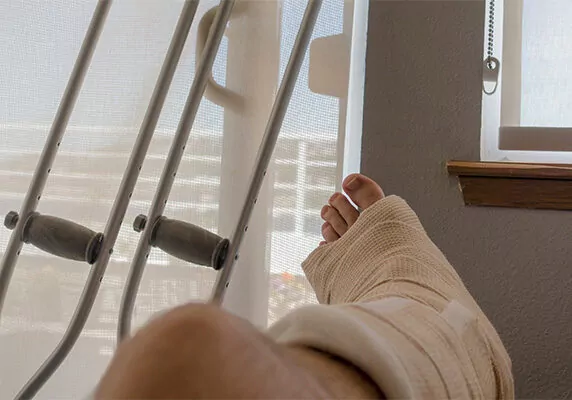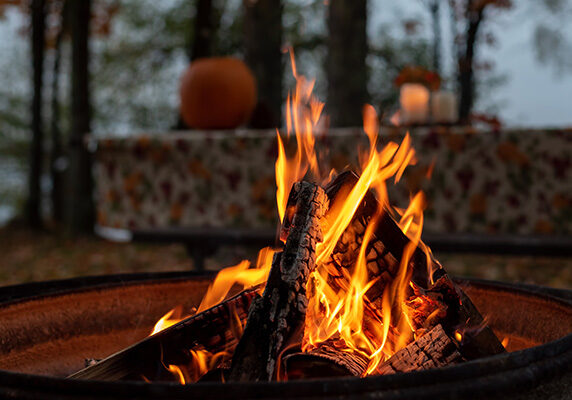It’s summertime, and the coast is being inundated with its yearly exodus of Californians trying to beat the heat. But, if you’re lucky enough to own a pool, know someone who does, or have a public pool nearby, you won’t have to travel far to stay cool.
Unfortunately, swimming pool injuries and deaths are a major concern in California. Drowning is the state’s leading cause of death in children aged 1 to 4 years. And the risks aren’t limited to children. According to the CDC, an average of 10 non-boating related drowning deaths occurred per day between 2005 and 2014, and drowning is the fifth leading cause of unintentional injury in death in the United States.
In response to these dangers, California’s laws governing pool safety requirements have grown increasingly strict. In 2018, another swimming pool law, SB-442, took effect. Under the new law, homeowners will have to meet new safety requirements when having a new pool built, or renovating an existing pool.
What exactly does SB-442 require from private pool owners?
Signed in October 2017 by Governor Brown, SB-442 implements a new requirement for pool safety and security measures, which must be met before a permit for construction or renovation is granted.
Homeowners must have at least one of the following safety measures installed:
- An enclosure, separate from the home, isolating the pool or spa from the house.
- Removable mesh fencing that meets the F2286 standards of the American Society for Testing and Materials (ASTM). This must include a gate that is self-closing and self-latching, and can be secured with a key lockable device.
- A safety pool cover.
- Exit alarms on the home for any doors that provide direct access to the pool or spa.
- A self-closing, self-latching device with a release mechanism placed no lower than 54 inches above the floor on the private single-family home’s doors that grant access to the swimming pool or spa.
- An alarm placed in the swimming pool or spa that sounds upon detection of accidental or unauthorized entrance into the water. The alarm must meet and be certified for ASTM Standard FF2208.
- Alternatively, any other means of protection that affords equal or greater safety and security than the above items.
Complying with these requirements could prevent swimming pool injuries, as well as limit your own liability in the event of an accident.
These requirements are specific to private single-family homes. Public pools, apartment complexes, and residential settings other than single-family home are not held to these requirements.
Costs are a concern for some homeowners, which has led to opposition to the bill from some critics. However, in an analysis released by the state legislature in 2017, the cost of simple door alarms were estimated to be only about $20 to $100. While other safety features could be more expensive, the same analysis stated that a new pool could cost between $25,000 to $50,000 for the average home. Given the possible medical costs after swimming pool injuries, or the possibility of a major lawsuit after a drowning death, preventative safety equipment costs considerably less.
If tragedy strikes, and a young child or an adult still manages to drown or otherwise be injured in your pool, having safety measures installed can protect you against being found liable.
Being proactive is the best way to limit your liability after any accident. The laws are always changing, and the current trend is leaning heavily towards the expectation of safety at a private pool. Even if your pool had safety measures in place the year it was built, you should ensure they meet today’s legal standards.
Alarms and other safety measures might limit unauthorized access to a pool, but there is no replacement for direct supervision when it comes to ensuring pool safety.
Alarms can fail to be heard, locks can be forgotten, and fences can be bypassed by determined children. Having responsible and attentive adults at the pool, particularly ones who know how to swim, is the best way to ensure the pool is safe for kids of all ages. By following some basic safety tips, and enforcing the rules of the pool, you can prevent the worst accidents.
No horseplay.
We are all kids at some point in our lives. The temptation to run at full speed into a flying cannonball splash to soak others is strong… and also potentially dangerous. If you’re a responsible adult, keep an eye out for any horseplay around the pool, such as shoving, fighting, or running.
Unless your pool is designed for it, no diving.
While it would be nice to have Olympic-sized pools with diving areas in our backyards, most of us do not have that luxury. Diving into shallow water is dangerous regardless of where you’re swimming, and can lead to serious head and neck injury. It is easy for inexperienced swimmers to misjudge even a “safe” dive. Don’t allow diving in your pool, unless it’s specifically built to accommodate diving.
No alcohol around the pool, with or without kids.
It’s tempting to sit at poolside while enjoying a beer with friends. However, the impairments caused by alcohol could lead to life threatening swimming pool injuries. Not only is your judgement affected, your attentiveness also suffers. And given that even adults can drown silently and within seconds, a “light buzz” might be enough to distract you from someone who is potentially in need.
Do not let young swimmers roam without close adult supervision.
Some kids take to water like fish, and show little to no fear in or around it. That does not mean it is safe to turn your back to them. Young children should always have a responsible adult close by.
Learn to swim.
Knowing how to swim, and having respect for the dangers present at any swimming pool can prevent drowning injury or death. If you’re a parent, getting your kids to swimming lessons isn’t just a fun activity. If a child somehow gets past your safety measures and sneaks into your pool, their ability to swim could give you enough time to pull them from the water.
CPR can save lives.
If you pull someone out of the water who is unconscious and not breathing, you have little time to get them breathing again. A drowning victim has been denied oxygen to their brain, and severe damage or death can occur if that persists for too long. Knowing cardiopulmonary resuscitation (CPR) could make a difference for a drowning victim if it’s implemented in time.
If you have a pool, it’s essential that you take the appropriate precautions. Between meeting the state’s safety requirements, and ensuring your pool’s guests have supervision, you can prevent swimming pool injuries. It’s good to stay cool in this season, but it’s better to be smart and safe about it!
This blog is not meant to dispense legal advice and is not a comprehensive review of the facts, the law, this topic or cases related to the topic.



